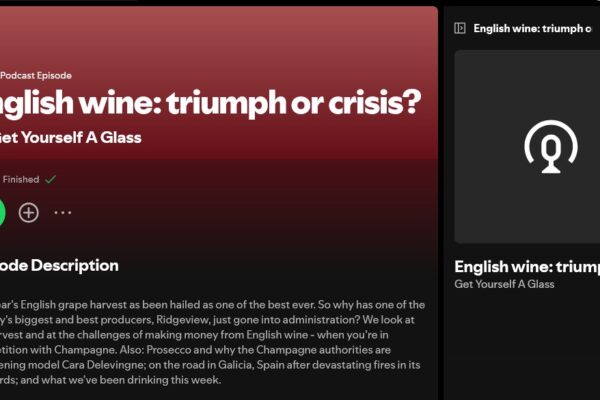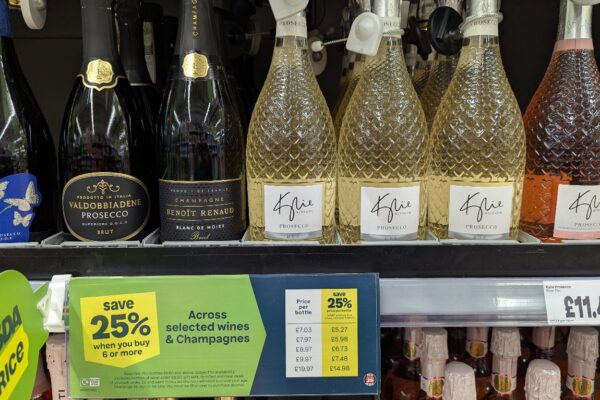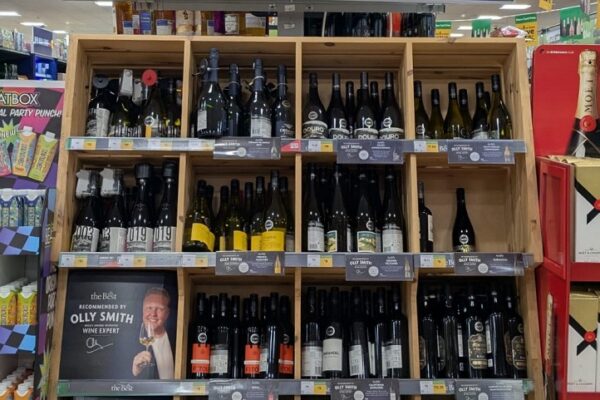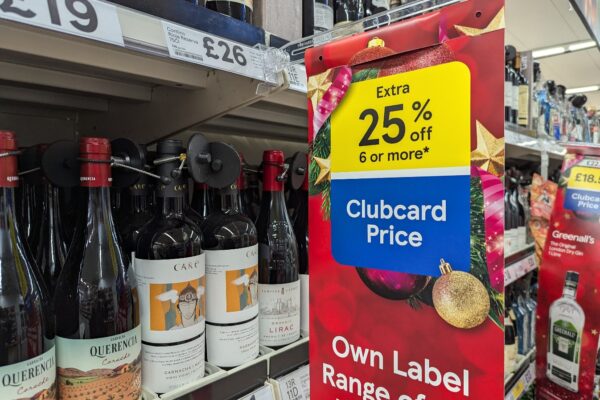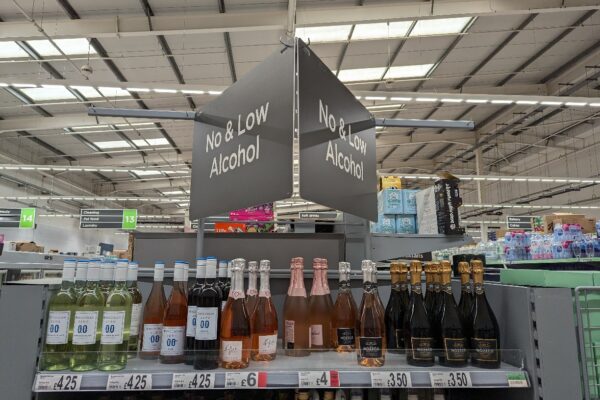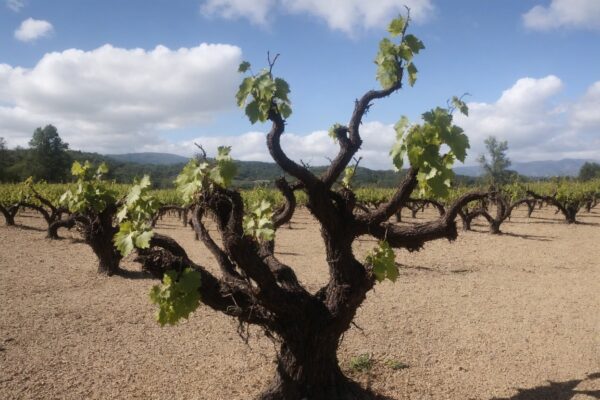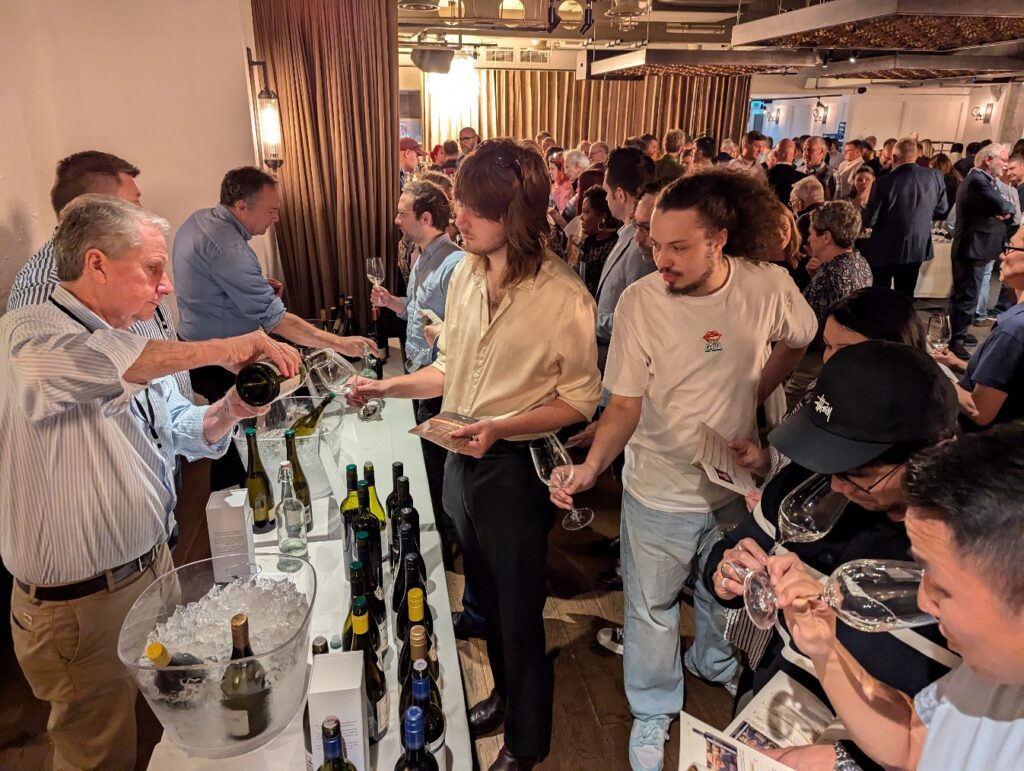
Hallgarten & Novum Wines is one of the UK’s leading specialist wine merchants, boasting over 90 years of experience in the industry. As a renowned wine wholesaler, supplier and importer, they focus on distributing premium wines to the on-trade (hospitality) and off-trade sectors (supermarkets, independents).
In September 2024, I attended The Grape Unveiling in London, hosted by Hallgarten & Novum Wines. The tasting featured over 130 wines, including selections from some exciting new producers. It was a bustling event and the turnout was so large that it was challenging to capture photos of the bottles.
However, here are the wines that particularly caught my eye, or, more accurately, my palate:

La Rioja Alta Viña Alberdi 2019 (14%) is a Reserva Rioja, 100% Tempranillo, made by the esteemed La Rioja Alta. Both James Suckling and Tim Atkin have awarded it an impressive 92 points, reflecting its high quality. The vines, rooted in clay-limestone soils more than 40 years ago, lend character and depth to the wine. Aged for two years in American oak barrels, it bursts with ripe red fruit aromas, particularly strawberries and raspberries. On the palate, the wine offers a rounded texture with a lively freshness that greets you at the start, developing into a long, fruity and slightly balsamic finish. While La Rioja Alta wines are typically known for their premium price points, the Viña Alberdi 2019 offers value as a more entry-level option, delivering similar quality at a more accessible price. Available at Waitrose Cellar for £19.99, it’s a great choice for anyone looking to enjoy a classic Rioja without the hefty price tag.
Vik Carménère Omega 2022 (14%), from Chile, is a captivating blend, featuring 87% Carménère, 8% Cabernet Sauvignon and 5% Syrah. This mix of grapes brings complexity and depth to the wine. It has soft tannins alongside ripe red fruit flavours, complemented by notes of vanilla and subtle hints of spice. The addition of Cabernet Sauvignon and Syrah enhances the wine’s structure and adds layers of interest beyond the primary Carménère profile. Around £25.
Lismore Age of Grace 2022 (14%), from the Western Cape of South Africa, is a beautifully made barrel-fermented Viognier. This elegant wine offers enticing aromas of honeysuckle and orange blossom, giving it a fresh and fragrant appeal. On the palate, the wine has luscious flavours of apricot and pineapple, delivering a rich, tropical fruit experience balanced by a smooth, rounded texture. The barrel fermentation adds a touch of complexity and subtle oak influence without overpowering the vibrant fruit character. Priced at around £23.
Bodegas Bhilar Phinca El Vedao 2019 (14.5%) is a 100% Garnacha aged for three years in oak barrels. The extended aging process imparts a subtle complexity. On the nose and taste, it offers an inviting medley of fresh berry fruit, accompanied by delicate floral notes. The oak influence is well-integrated, enhancing the wine’s texture without overshadowing its natural brightness. This is a refined Garnacha with elegance and depth.
Yering Station Pinot Noir 2023 (14.5%) is a vibrant and expressive wine from Victoria, Australia. On the nose, it offers enticing aromas of red cherry, raspberry, and a touch of spice, setting the stage for a delightful tasting experience. On the palate, this Pinot Noir presents flavours of ripe cherry and plum, with subtle hints of oak that add complexity without overpowering the fruit. The balance between the bright fruit and the soft oak influence makes it a smooth and elegant wine. Priced at around £23.
Cliff Edge Shiraz 2020 (14.5%), from Australia’s renowned Mount Langi Ghiran is a bold yet refined expression of Shiraz. While many of their Shiraz wines have silky soft tannins, this entry-level offering within their range brings slightly firmer tannins, which adds structure and a complexity that I particularly enjoyed. Sourced from old vines grown in granite soils, this wine opens with a rich nose of blackberry, liquorice and spice aromas. On the palate, there are flavours of dark berries and chocolate, leading to a long and smooth finish that lingers. Around £20.
The tasting revealed that the more entry-level wines in some ranges were surprisingly impressive, standing out for their quality and complexity. Often, these more accessible wines can be overlooked, but in this case, they were excellent in their own right, offering great value.




